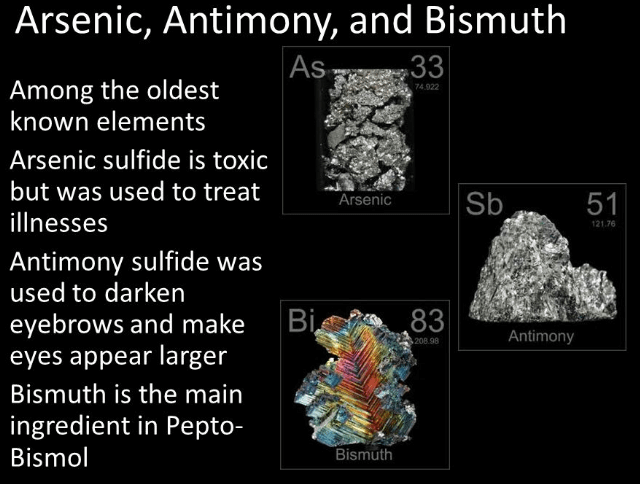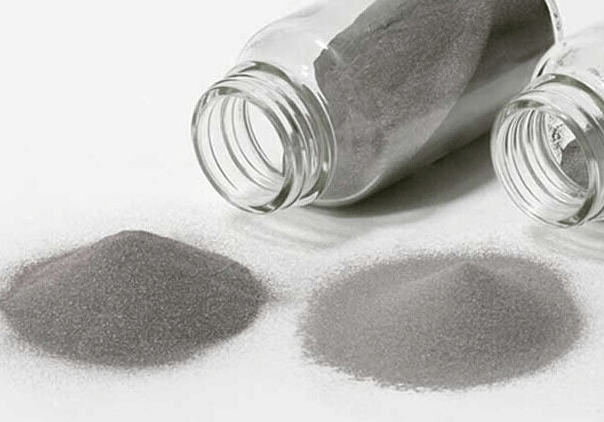Lead Refining by Electrolysis
A solution of lead-fluosilicate, containing an excess of fluosilicic acid, has been found to work very satisfactorily as an electrolyte for refining lead. It conducts the current well, is easily handled and stored, non-volatile and stable under electrolysis, may be made to contain a considerable amount of dissolved lead, and is easily prepared from inexpensive […]
Electric Rock Drill
Electric power in mining-operations is now successfully applied to haulage, hoisting, lighting and pumping; and until lately, drilling was the one department of mining in which an electric source of energy had not been introduced. Drilling by electric power has been the field for much investigation and several forms of electric-drills have been tried; but […]
Silver Lead Ore Processing by Roll Crushing & Jigging
The following brief paper is intended, to apply to the concentration of the silver-lead ores at Broken Hill, New South Wales, generally, but more particularly to the process as applied to the ores in the Block 10 mine. The attached plans are similar in many respects to those prepared recently for the Block 10 Company. […]
Shellsol AB
Shellsol AB is a high boiling, high aromatic solvent derived from petroleum. It has good colour, low odour, a narrow distillation range and high flash point. It is complementary to Shellsol A, being very similar in many characteristics, but is higher boiling. The aromatic content is 99% by volume, the major constituents being in the […]
Centrifugal Elevator: Gold Dredge Tailings Transportation
The centrifugal elevator invented and patented by the writer is designed for the purpose of conveying the tailings of a gold dredge to such a distance that they shall not impede the dredging operations. Formerly this was usually accomplished by means of a belt of buckets travelling round a ladder set at an angle of […]
Assaying Zinc Box Residues in Cyanide Leach Process
Several methods, both wet and dry, for the assay of zinc-box residues from the cyanide process, have been described in recent years, and each of them has been claimed to be superior to all others. A paper, entitled “Assay of Zinc Precipitates,” was published in the School of Mines Quarterly to the purport that the […]
LIX 64N
LIX 64N Reagent is a water insoluble mixture of substituted oximes, which form water insoluble complexes with metallic cations, principally copper. Chemical Reactions LIX 64N Reagent is a hydrogen ion donor, and its chemical reactions when used as a copper extractant may be compared to an ion exchange resin system operating on a hydrogen ion […]
How to Remove Arsenic, Antimony & Bismuth from Copper

The ores of copper are usually associated with minerals containing arsenic, antimony and bismuth. Whatever the means adopted for extracting the copper, these metals are usually found, to a greater or less extent, in the product. There is, however, usually some elimination in the various metallurgical operations to which the ores are subjected, and some […]
Titanium Metallurgy

The metallurgy of ores of titanium, titaniferous iron-ores (that is, iron-ores containing a notable amount of titanic acid, TiO2, say not less than 5 per cent., generally 10 to 20 per cent., and frequently more, up to 40 per cent, or thereabout), occur all over the world in immense quantity, “ in mountain masses,” constituting […]
Mine Stoping & Mine Timbering
As this district is so far distant from the other mining centres and its mode of approach so circuitous, I am afraid that many residents of other portions of the Commonwealth never think of paying this “ Australia’s Silver City” a visit, to learn personally the many and various lessons everywhere available, and to become […]
